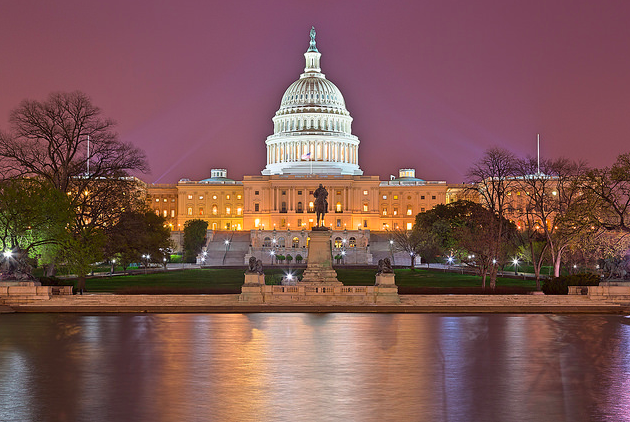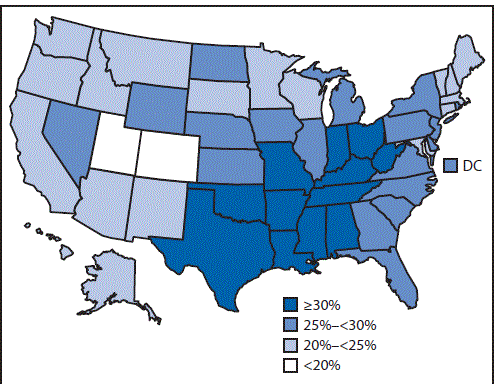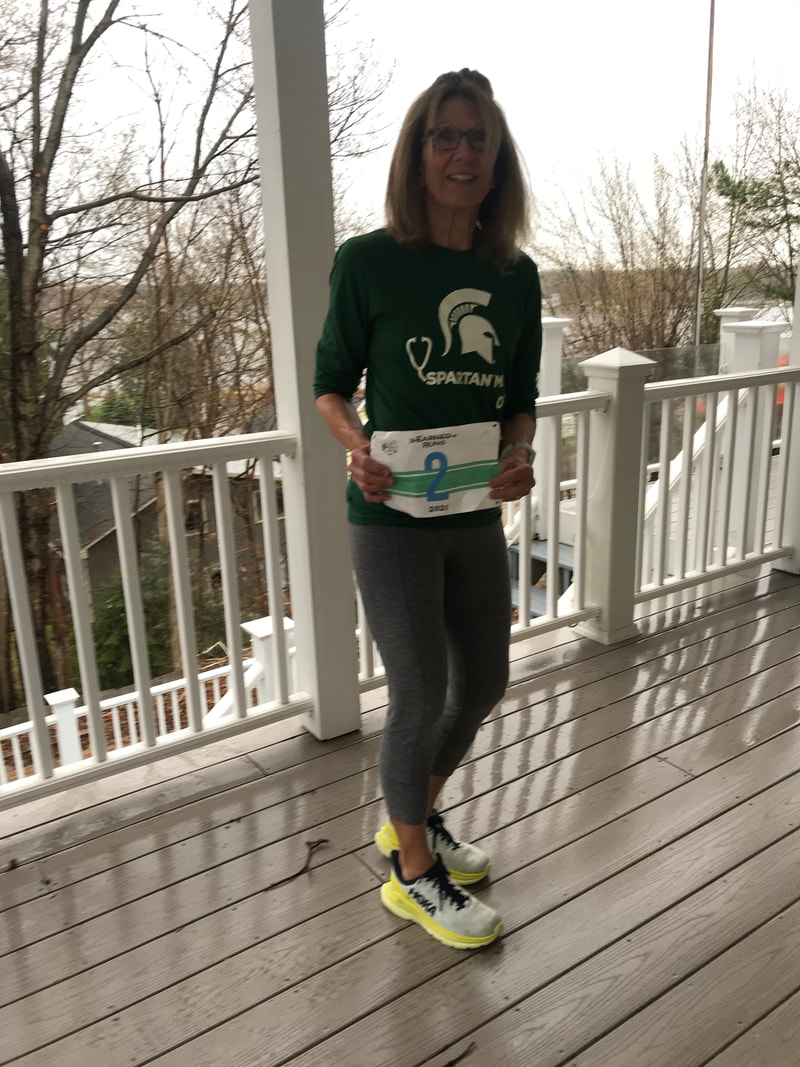BLOG
|
|
ARE YOU YOUNGER THAN 50 (?MILLENIALS) AND HEADED IN THIS DIRECTION? “Almost a Third of Older Adults Don’t Move Enough” by Mandy Oaklander for TIME.com was published September 15, 2016 about surveillance information revealed in the September 16 CDC Morbidity and Mortality Weekly Report. “...Americans don’t just avoid sweaty bouts of physical exertion. Many avoid moving altogether” it seems, according to Oaklander's piece. The findings come out of an analysis of 2014 surveillance data of over 276,000 Americans: 28% "ages 50 and over are inactive—meaning that 31 million adults are moving no more than necessary to perform the most basic functions of daily life.” The actual report, “Physical Inactivity Among Adults Aged 50 years and Older- United States -2014” by Kathleen B. Watson PhD and colleagues, also indicates that the prevalence of inactivity varies by geography. Most inactive adults (~30%) live in the South, followed by the Midwest (~28%), then the Northeast (~26%). Those who are least inactive live in Western states (23%). “Among the 50 states and DC, the prevalence ranged from 17.9% in Colorado to 38.8% in Arkansas” the MMWR states. According to the report, “inactivity is defined as participating in no activity beyond baseline activities of daily living… For this analysis, inactivity was operationalized as a ‘no’ response to the question, ‘During the past month, other than your regular job, did you participate in any physical activities or exercises such as running, calisthenics, golf, gardening, or walking for exercise?’ ” Part of the problem is perception; adults with chronic diseases may see themselves as having good reason to limit activity. However, increased movement may actually lead to improvements in such conditions, like in osteoarthritis, cardiovascular disease, and diabetes. Another factor is the lack of safe places in communities in which individuals can exercise, walk, run, golf etc. What would you have answered to the surveillance question? Are you less than age 50? If younger, even much younger, NOW IS THE TIME to take stock of your attitudes and circumstances and make changes as needed to insure you have the mindset and environment to enjoy being active in later decades. The CDC says we can support community and public health policies that will “make it safer and easier for persons of all ages and abilities to be physically active.” Most don't become inactive overnight. Busy and stressful work and home lives influence the patterns of inactivity we adopt even in younger years. Hoping and waiting for others to provide motivation to move more is not wise planning. Commit now to be the agent of change in your own life and the lives of those who are most likely to lead you into future inactivity. RUN HAPPY! NOTE: Washington DC, where government officials and employees work and live, has been highly rated as a "best" place to run and be active; we should demand action to achieve similar ratings for our own places of residence. See BLOG post 5/30/2016 Washington DC IS FITTEST! http://www.earned-runs.com/blog/washington-dc-is-fittest http://time.com/4495092/exercise-physical-activity-sedentary/ http://www.cdc.gov/mmwr/volumes/65/wr/mm6536a3.htm?s_cid=mm6536a3_w
0 Comments
Your comment will be posted after it is approved.
Leave a Reply. |
BRIDGE TO PHYSICAL SELF
Running, walking, and fitness activities enable us to experience our physical selves in a world mostly accessed through use of fingers on a mobile device. AuthorEARNED RUNS is edited and authored by me, runner and founder. In 1978 I began participating in 10K road races before 5Ks were common. I've been a dietitian, practiced and taught clinical pathology, and been involved with research that utilized pathology. I am fascinated with understanding the origins of disease as well as health and longevity. Archives
November 2023
CategoriesNew! Search Box
Earned Runs is now searchable! Check it out...
|



 RSS Feed
RSS Feed